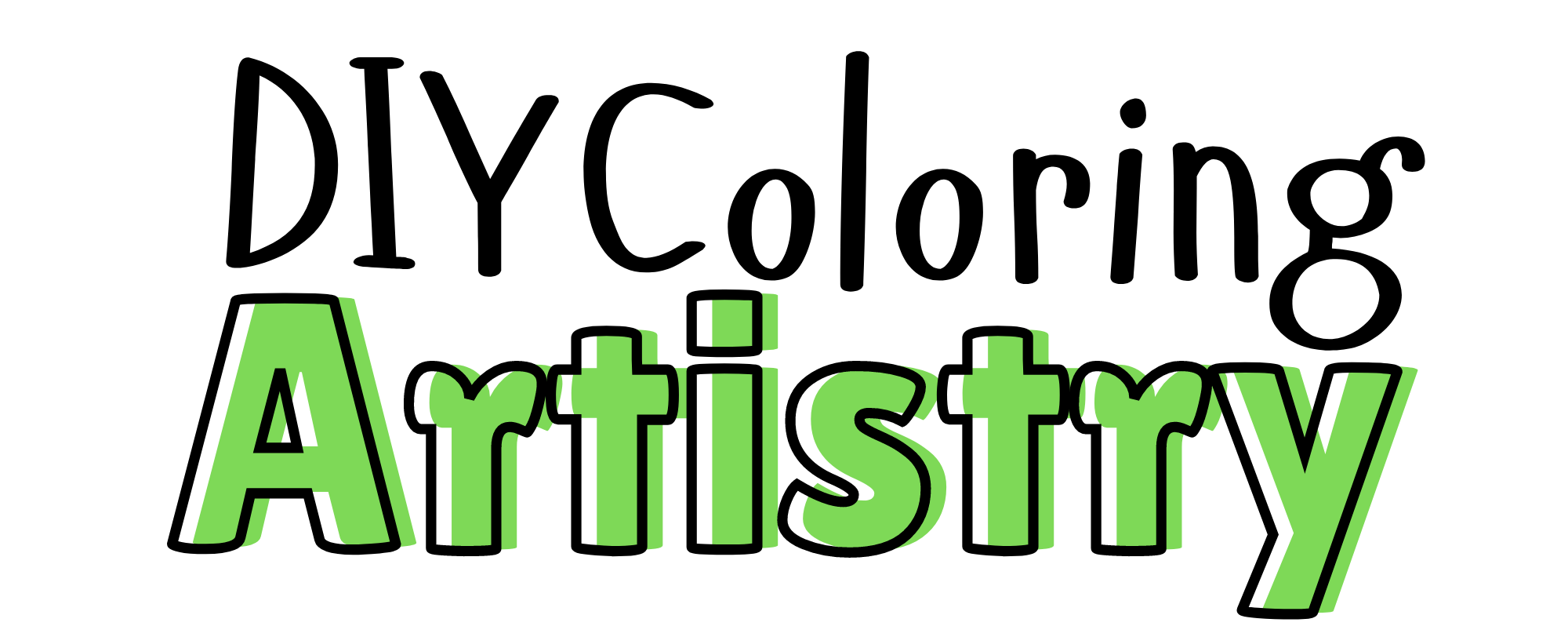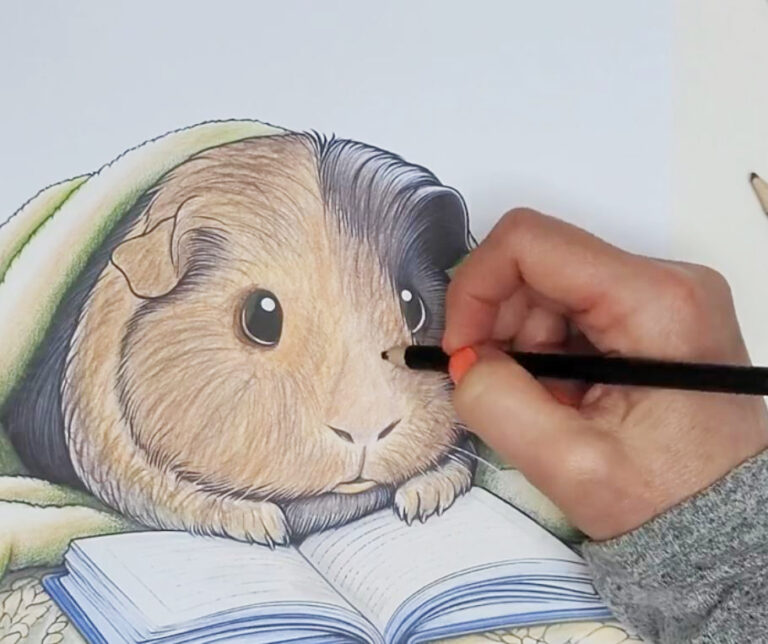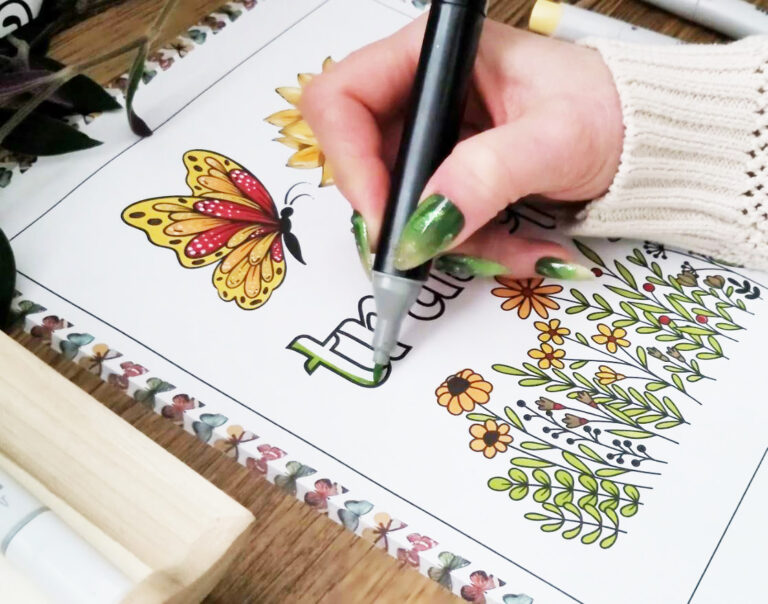19 Coloring Techniques: Tips For Beginners & Pros
Here are some coloring techniques for beginners and pros. Coloring isn’t just about filling in spaces with color; it’s an art form that helps you with creativity to bring your ideas to life.
Learning specific coloring techniques can transform your pages from simple to stunning. Whether you’re using colored pencils, markers, or pastels. These coloring book tips and tricks help you create depth, texture, and cool effects that will help you with your coloring.
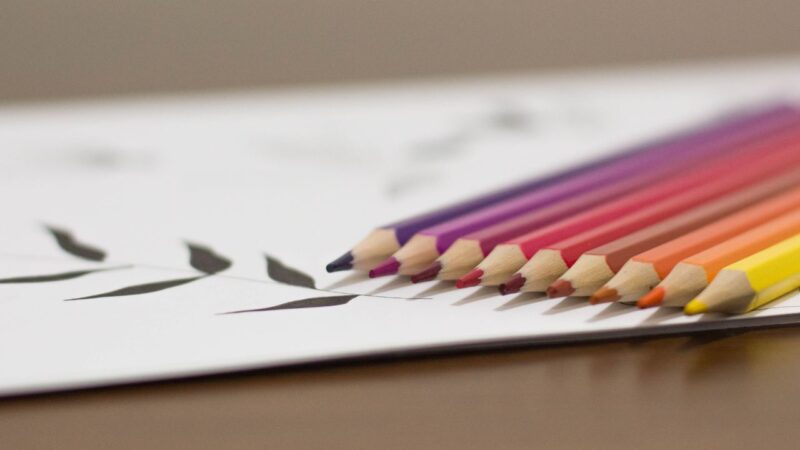
In this article, we’ll share a range of coloring techniques for you to try. From blending and shading to adding realistic highlights and textures, these ideas will give you the tools to make your coloring more dynamic.
Coloring Techniques To Try
1. Layering Colors
Layering is a great way to build depth and richness in your coloring when using alcohol markers. Start by lightly applying a base color, and then slowly add other colors on top. I did this with this bumblebee coloring page for the flower.

For example, you can layer shades of pink for flower petals. Keep the pressure light in the early layers, then apply more pressure as you build up color.
2. Burnishing
Burnishing is a technique where you press hard with a colored pencil (or a colorless blender pencil) to smooth and blend layers of color.
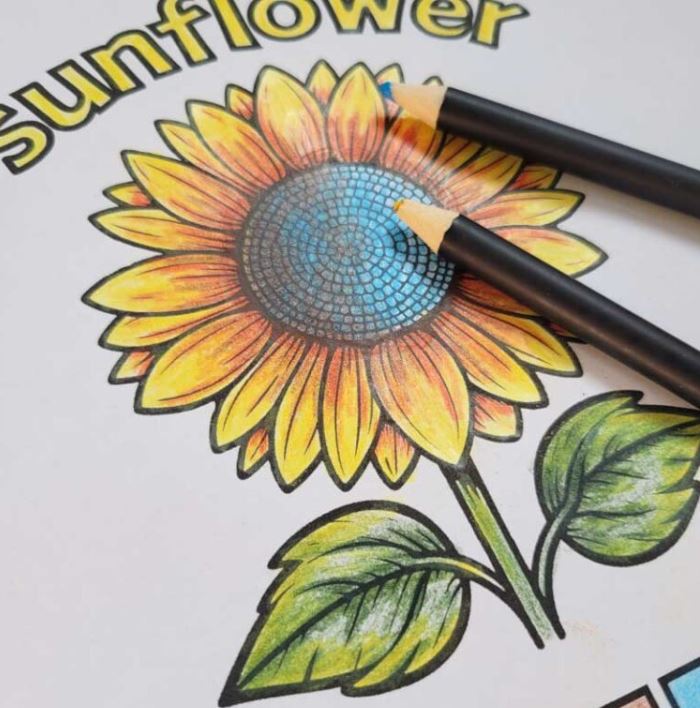
This creates a shiny, polished look and eliminates most pencil strokes, giving your work a more solid finish.
3. Solvent Blending
Using a solvent like Gamsol or baby oil helps to dissolve the pencil marks and creates a smooth finish.
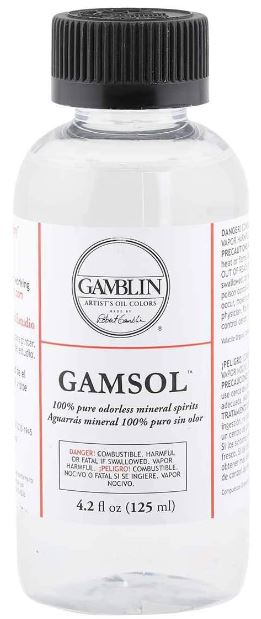
You apply the color lightly, then use a blending stump dipped in the solvent to blend and soften the colors. This is great for getting a painterly look with colored pencils.
4. Gradient Shading
Gradient shading is blending from a dark to a light color to create a smooth transition. Start by applying your darkest color where the shadows are, then gradually lighten your strokes as you move toward the highlighted areas. This is perfect for spherical objects or backgrounds like sunsets.
5. Cross-Hatching
This technique involves drawing intersecting lines to build up shading and texture. The closer together the lines are, the darker the shading becomes. You can use cross-hatching to add a rough texture to trees, rocks, or brickwork.
6. Stippling
Stippling is adding tiny dots of color to build up shading or texture. The more dots you add, the darker the area will appear. Stippling works great for natural textures like sand, stone, or even animal fur.
7. White Gel Pen Highlights
Adding highlights with a white gel pen can make your work pop. Apply small dots or lines to areas that would catch the light, such as the reflection in a character’s eyes or on the edge of a shiny object like metal.
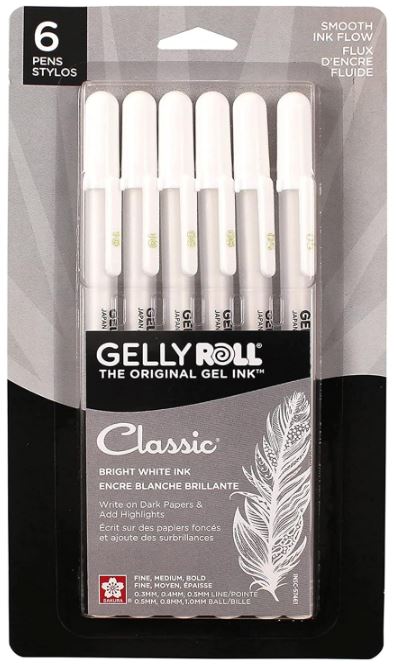
8. Embossing Powder
Embossing powders creates a raised design on the paper. You use a small glue pen and sprinkle on the embossing powder. Then it gets set with a heat gun.

This is such a fun way to bring some bling to your coloring pages. I absolutely love working with gold embossing powder.
9. Color Lifting
To add highlights or correct mistakes, you can use a kneaded eraser to gently lift off color. This is especially useful for creating light reflections or highlights in hair, fabric, or glass. Lightly dab or twist the eraser on the paper to remove small amounts of color without smudging.
10. Dry Brushing
This involves dragging a dry brush (with minimal pigment) lightly across the surface of your coloring. This technique gives a textured, rough look and is ideal for adding fur, wood grain, or even cloud effects.
11. Scraping
Scraping away small details is for adding fine highlights to areas like hair, grass, or water. After applying a thick layer of color, use a blade or toothpick to carefully scrape away small lines, revealing the lighter paper or color underneath.
12. Feathering
Feathering is one of the top coloring book tips and tricks that I use often. Use small, quick strokes to mimic the look of feathers, fur, or even grass.
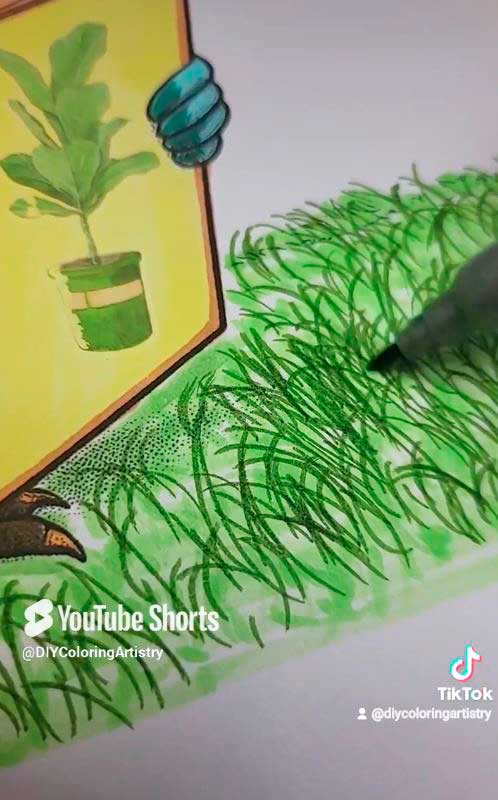
Start with lighter pressure at the base of your stroke and flick outwards for a natural, flowing look. This is great for adding realistic details to animals or plants.
13. Glow Effects
To create a glowing effect, start with a light color in the center of the glowing object and blend outwards into darker colors. Use a white pencil or gel pen around the edges to add a soft glow.
This works well for glowing objects like candles, lanterns, or magical elements in fantasy artwork.
14. Metallic Sheen
To mimic metallic surfaces, use a combination of dark and light grays along with highlights from a white pencil or gel pen. The key to achieving a realistic metallic sheen is placing strong highlights where the light would hit, and shading around it with deeper tones.
15. Water Droplets
Create realistic water droplets by starting with a light color in the center of the droplet, then darkening the edges to give it a rounded look.
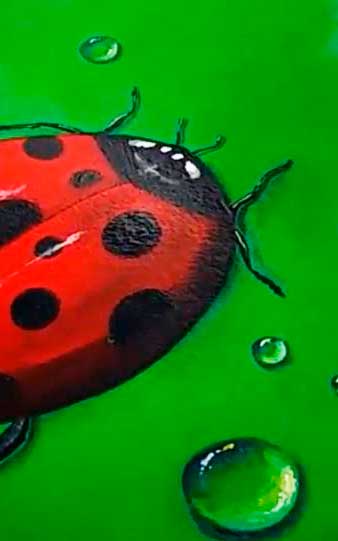
Add a small white highlight on the opposite side to show where light reflects. This is a fun and simple technique for adding extra realism to leaves, glass, or any shiny surface.
16. Watercolor Pencils
Watercolor pencils give you the precision of a pencil with the softness of watercolor. First, lightly color in your area, then activate the pigment with water using a brush. This technique is great for creating soft backgrounds or adding subtle washes of color.
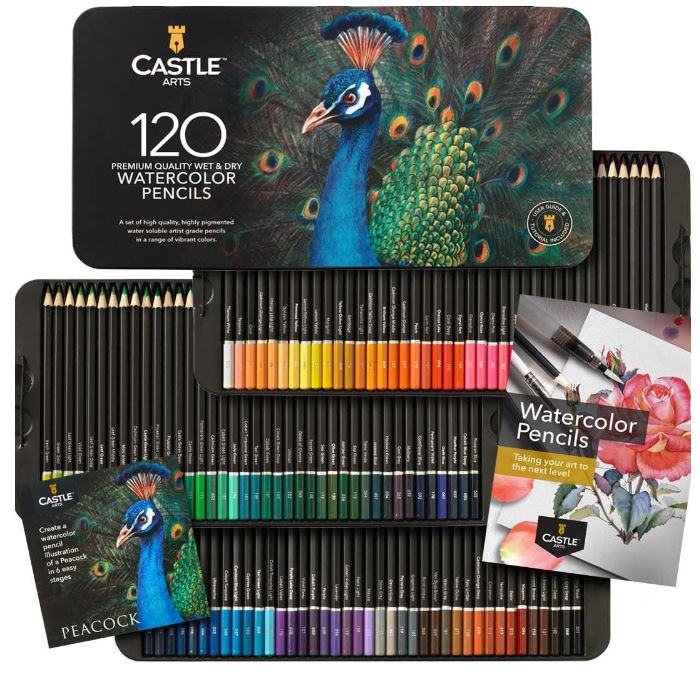
17. Marker and Pencil Blending
Start by using alcohol-based markers to lay down a smooth base color. Then, go over the top with colored pencils to add depth and texture. The marker base ensures a solid, smooth color, while the pencils give extra dimension.
18. Soft Pastels for Backgrounds
Soft pastels are fun for creating smooth, soft backgrounds. Apply them with a cotton ball or sponge to blend the colors for an even, gradient effect. This coloring book technique works wonderfully for skies, water, or any large area where you need a soft wash of color.
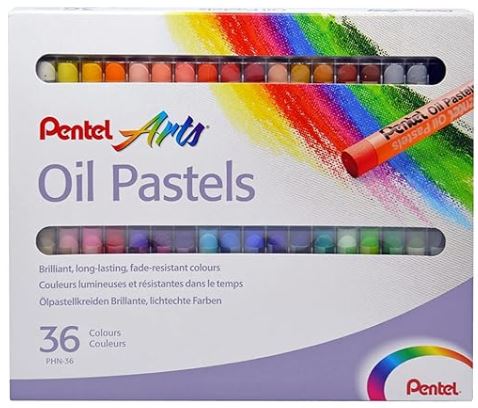
19. Saturating Paper
To create deep, rich colors, saturate the paper by applying multiple layers of ink. The more layers you add, the more vibrant the color becomes. In this Rapunzel coloring page, several layers of blue shades were used for her dress.
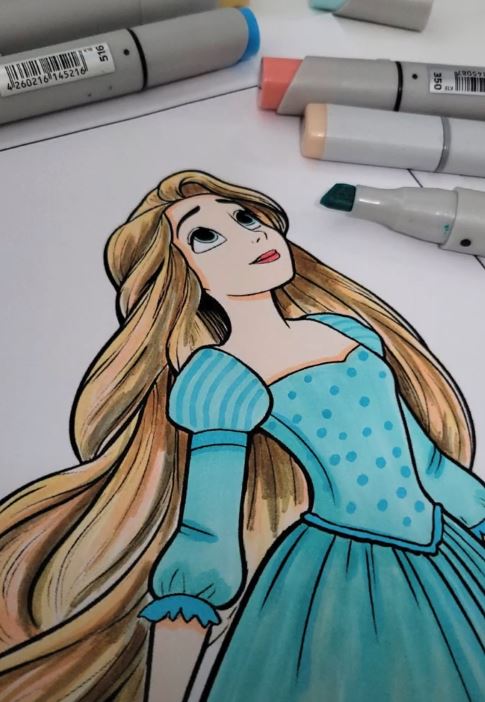
Alcohol markers work best on marker paper or cardstock that can handle saturation without bleeding through. This technique is excellent for making areas like shadows or dark skies bold and intense.
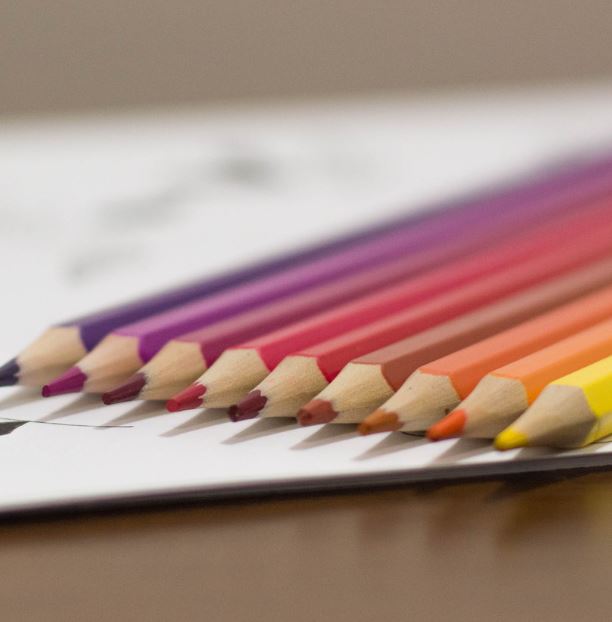
Learning different adult coloring book techniques can make your artwork more exciting and fun.
By trying out these ideas, like blending, adding texture, or using special tools, you can create unique and beautiful pictures. Each technique adds something new to your coloring, helping you grow as an artist.
Don’t be afraid to experiment and practice. The more you try, the better your results will be. So grab your coloring tools, get creative, and enjoy bringing your pages to life!

